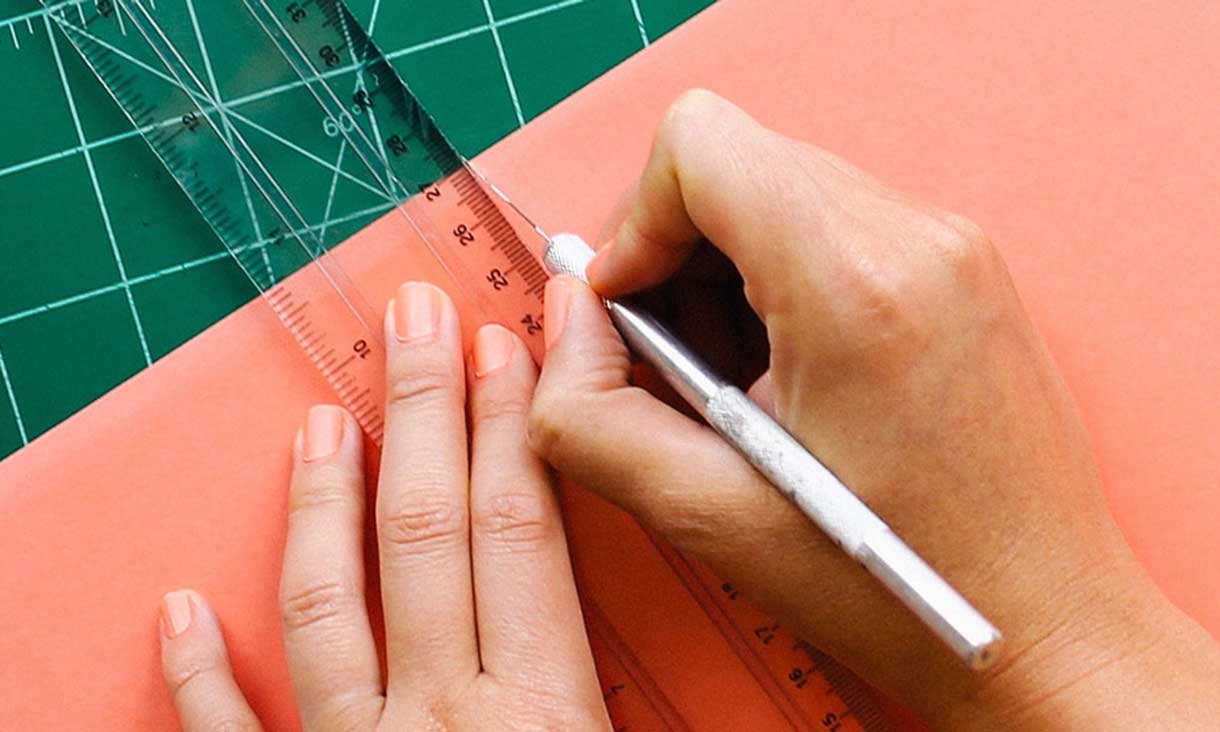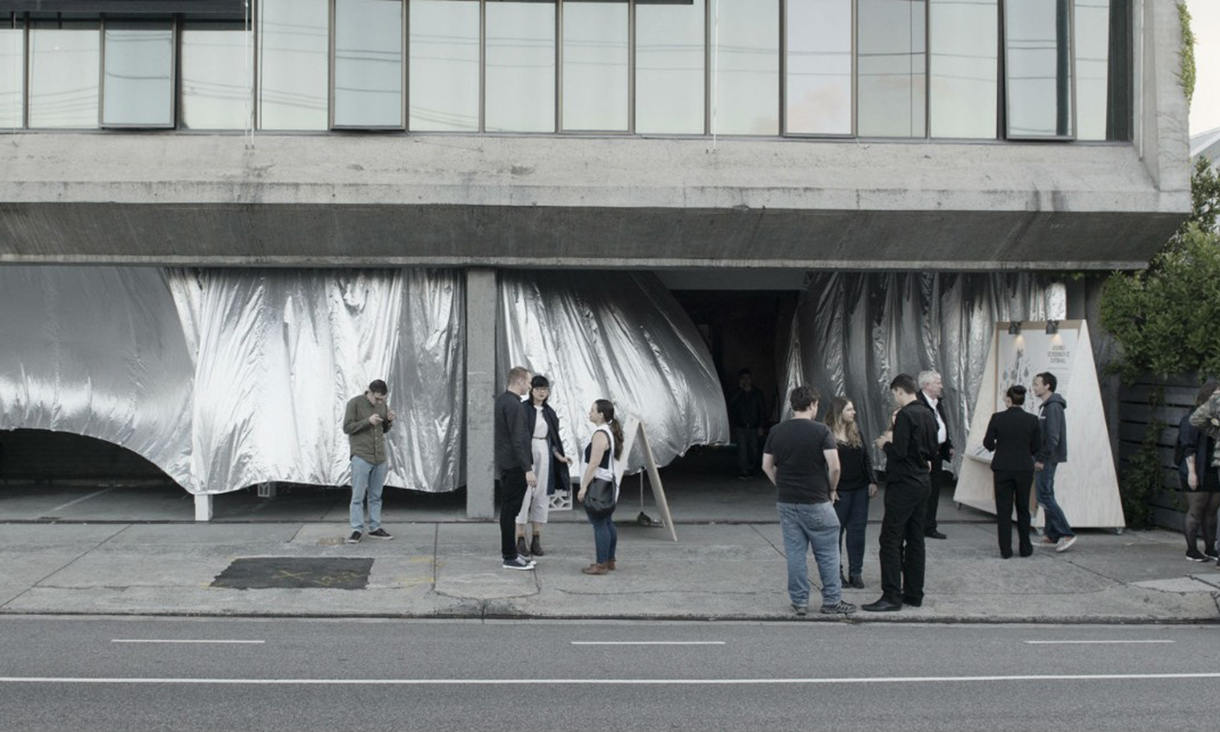Graphic and communication design
RMIT will equip you with the skills and knowledge for a creative career in the design industry.
Interior design
Interior design is an expansive practice that addresses the relation between people and their environments: how we live, work and play.
Merchandising
Globally recognised as a leader in visual and fashion merchandising education, RMIT has strong industry connections that will help you graduate with excellent international employment opportunities.






